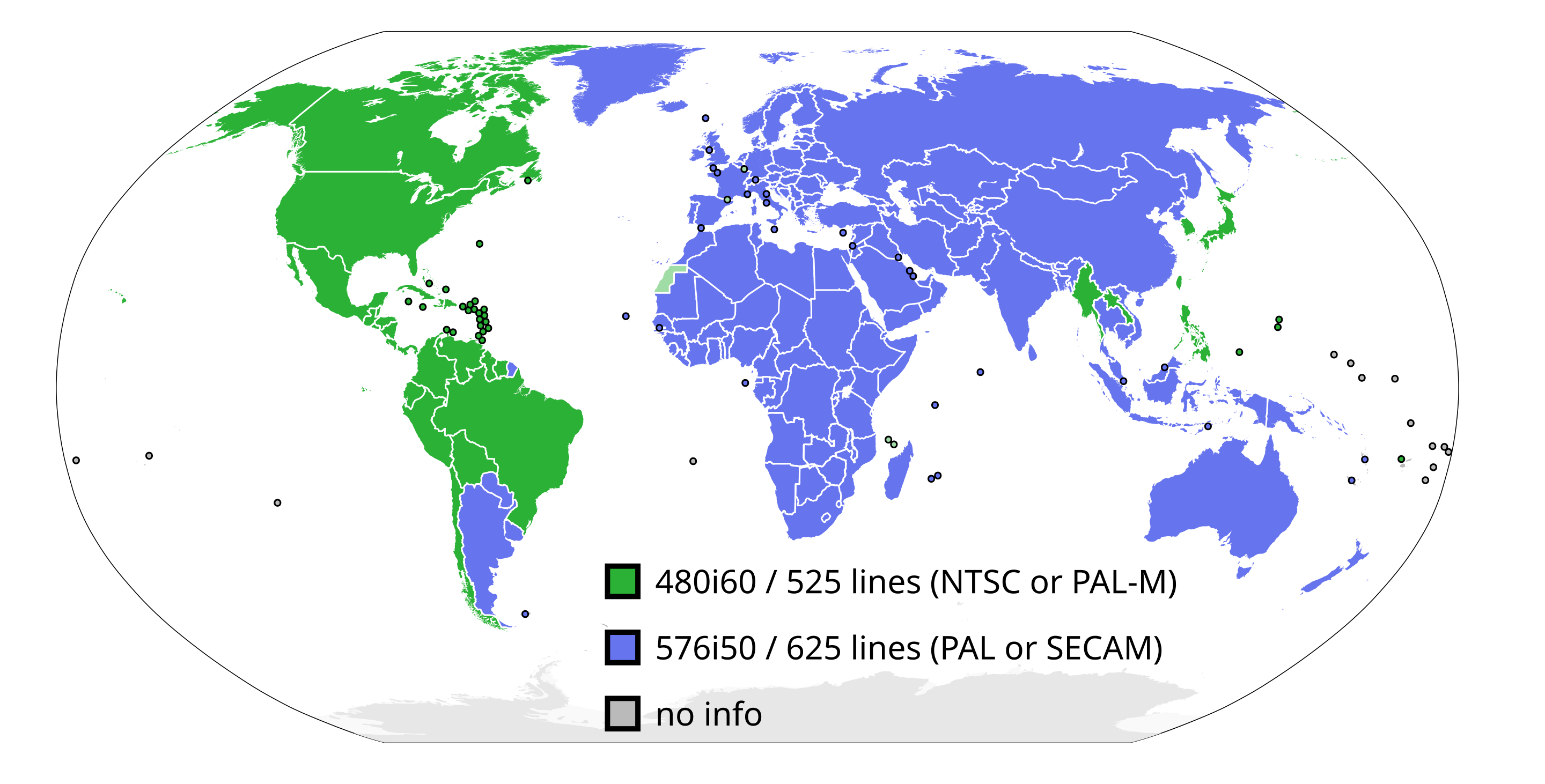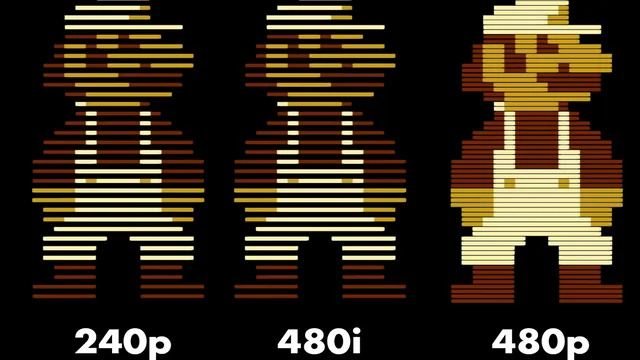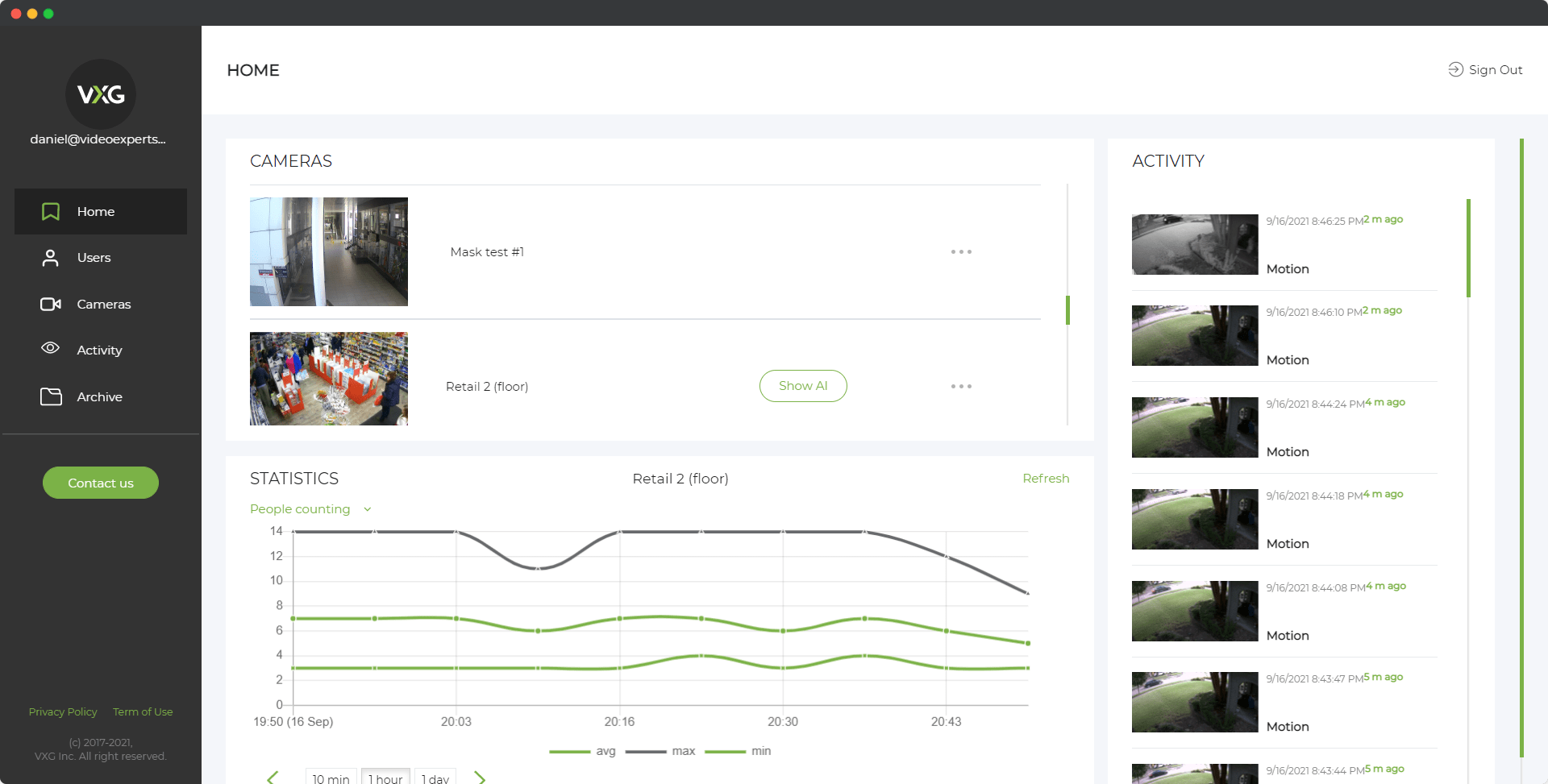480i stands as a significant format, especially during the era of analog television. Understanding 480i provides insight into the foundations of modern television broadcasting and video playback. This article explores the meaning of 480i, its technical features, and the countries that have supported this resolution.
Meaning
480i is a type of video resolution that stands for 480 lines of interlaced video. The "480" refers to the number of horizontal lines on the screen, while the "i" stands for interlaced. Interlaced video means that each frame of the video is split into two fields, one showing the odd-numbered lines and the other showing the even-numbered lines. These two fields are displayed alternately, giving the appearance of a full image.
Technical Features
- Resolution: The resolution is 720 pixels wide by 480 pixels tall. This resolution is lower compared to modern high-definition (HD) standards but was a common standard for analog TV broadcasts and early digital television systems.
- Interlacing: As mentioned, 480i uses interlaced scanning. This means that it displays 60 fields per second, with each field containing half of the image (either the odd or even lines). This method reduces the bandwidth needed for broadcasting compared to progressive scanning, where the entire image is displayed in each frame.
- Aspect Ratio: 480i typically uses a 4:3 aspect ratio, which is more square compared to the 16:9 aspect ratio common in modern HDTVs. However, 480i can also support a widescreen 16:9 aspect ratio, which is used in some digital broadcasts and DVDs.
- Frame Rate: The standard frame rate for 480i is 30 frames per second (fps), or 60 fields per second. This frame rate is sufficient for smooth motion in most video content, though it may appear less smooth compared to higher frame rate formats.
- Color and Sound: 480i supports various color encoding systems such as NTSC, PAL, and SECAM. The audio in 480i broadcasts can be mono, stereo, or even surround sound, depending on the broadcast or recording.
Which Countries Support the 480i?

480i resolution is primarily used in countries that adopted the NTSC (National Television System Committee) analog television system. These include:
- United States: NTSC was the standard for analog television broadcasts until the transition to digital broadcasting.
- Canada: Similar to the United States, Canada used the NTSC system for analog TV.
- Japan: Japan also adopted the NTSC standard for analog television.
- South Korea: Before transitioning to digital, South Korea used NTSC for analog broadcasts.
- Taiwan: NTSC was the standard for analog TV in Taiwan as well.
In these countries, 480i was the standard resolution for analog television broadcasts before the switch to digital broadcasting, which uses higher resolutions such as 720p and 1080i. Even with digital broadcasts, 480i is still used for some standard definition (SD) digital TV channels and for older video content.
Read also:
















